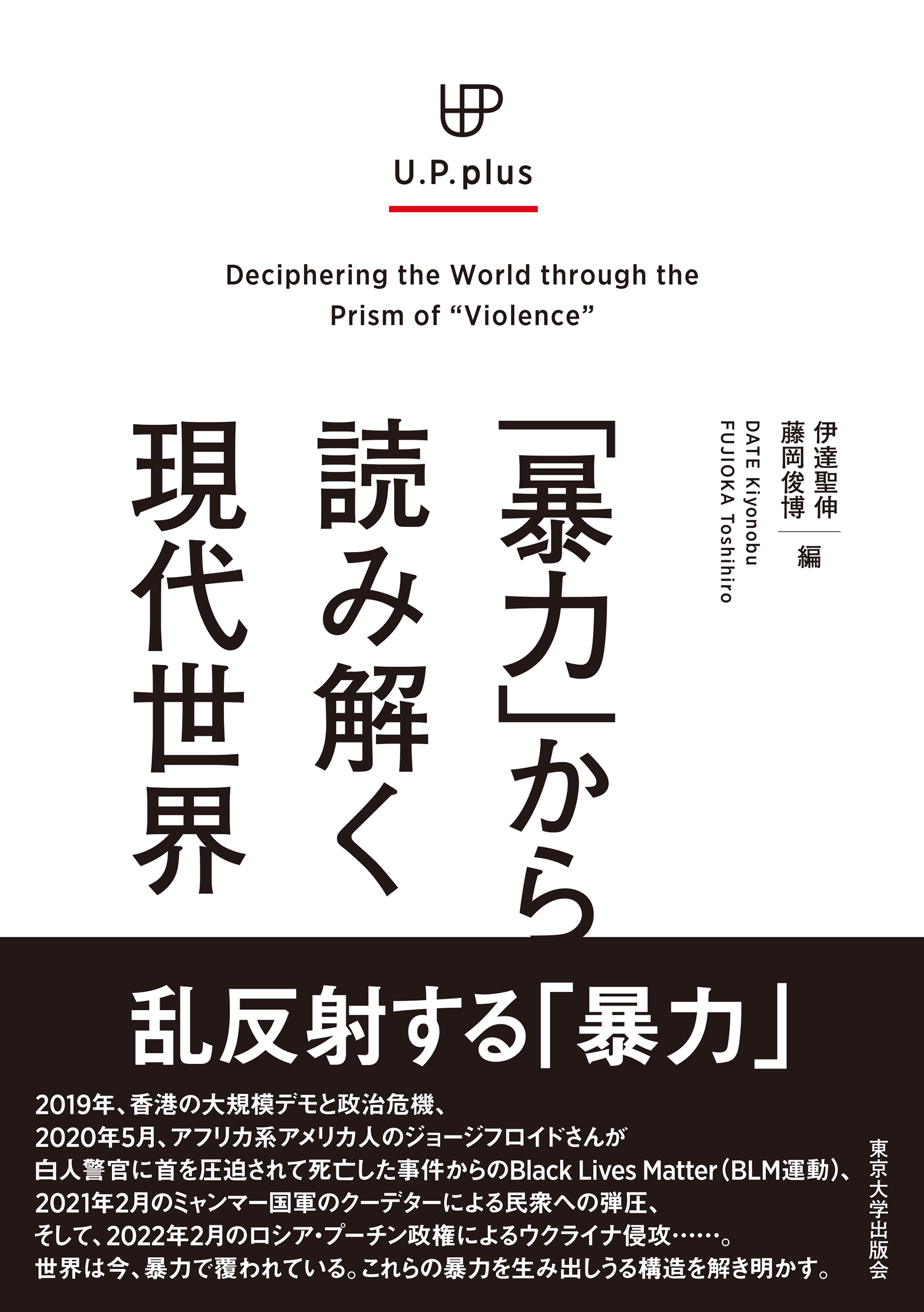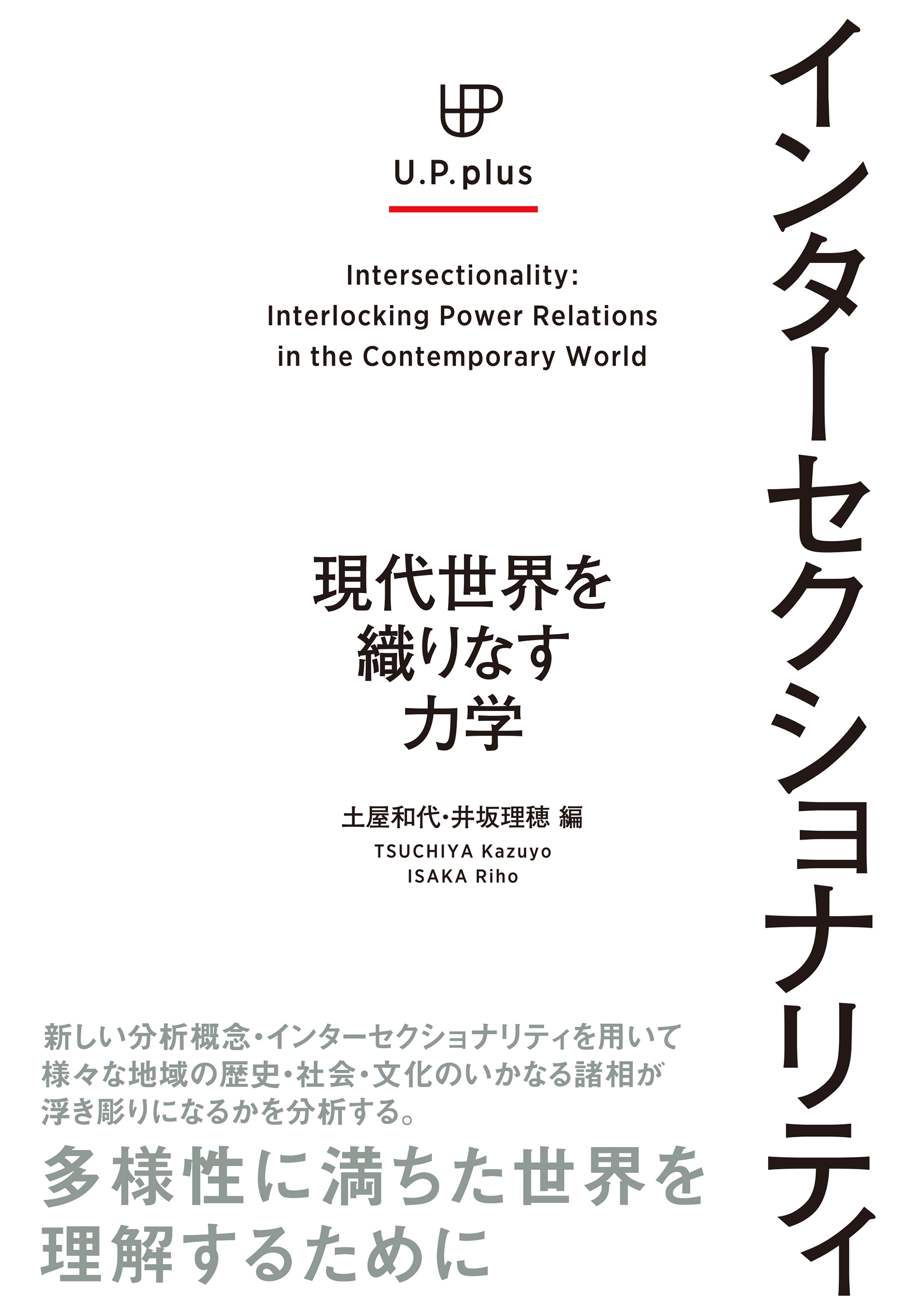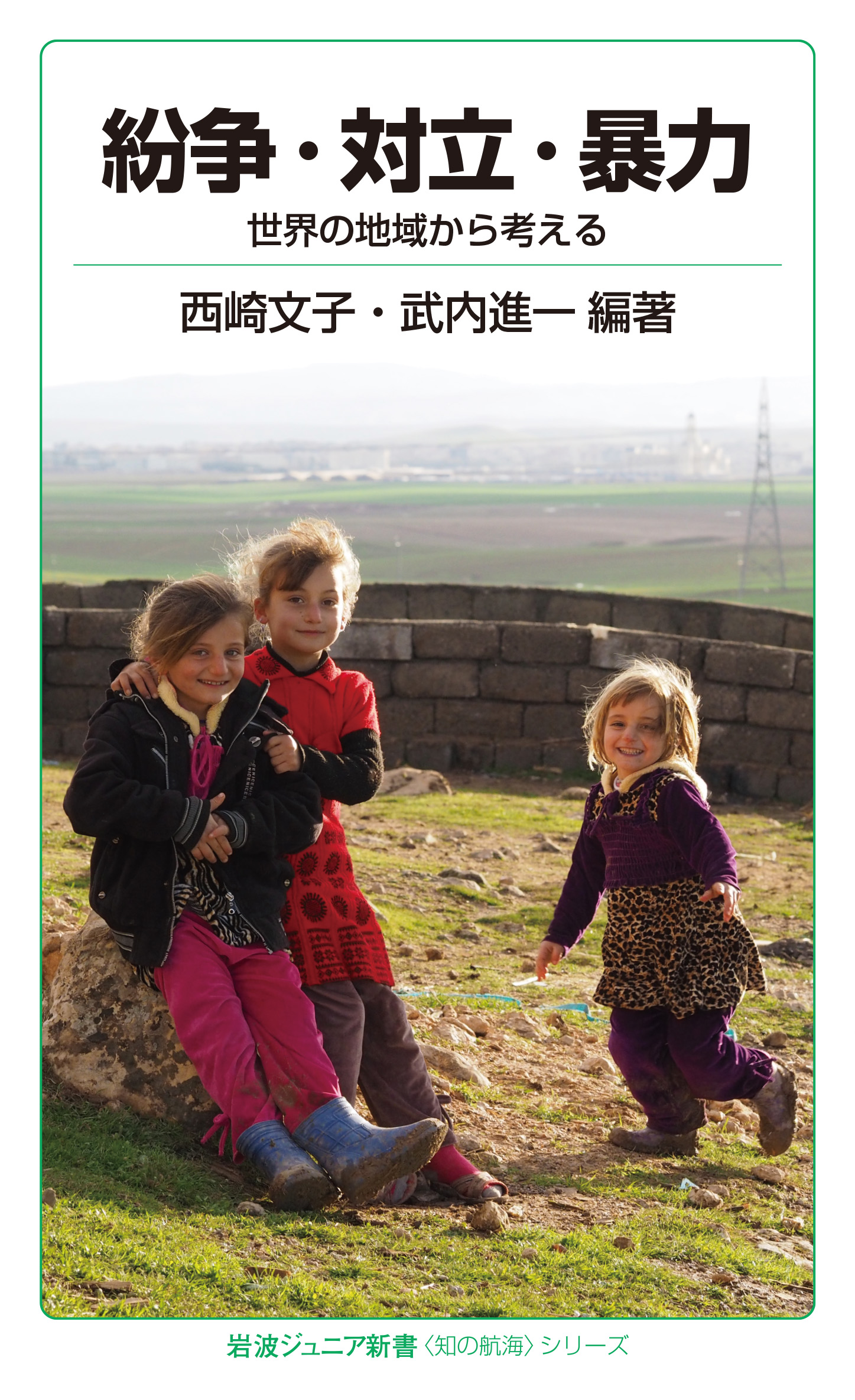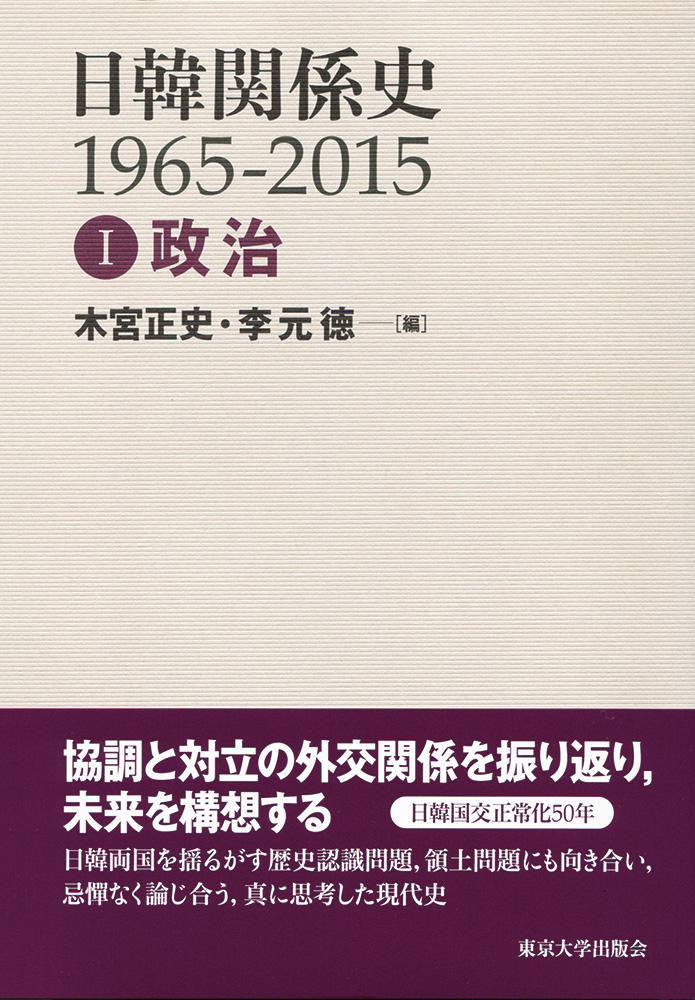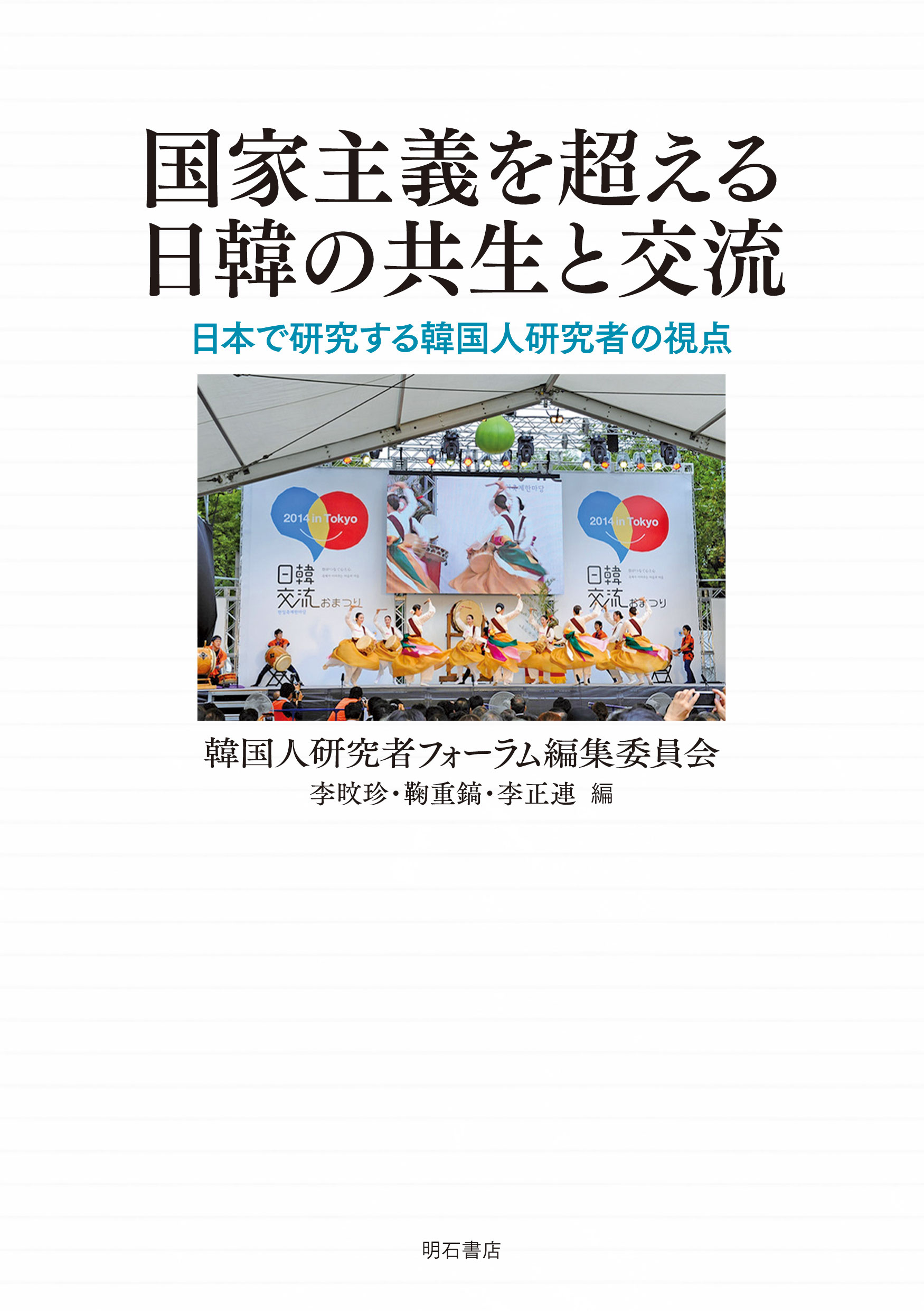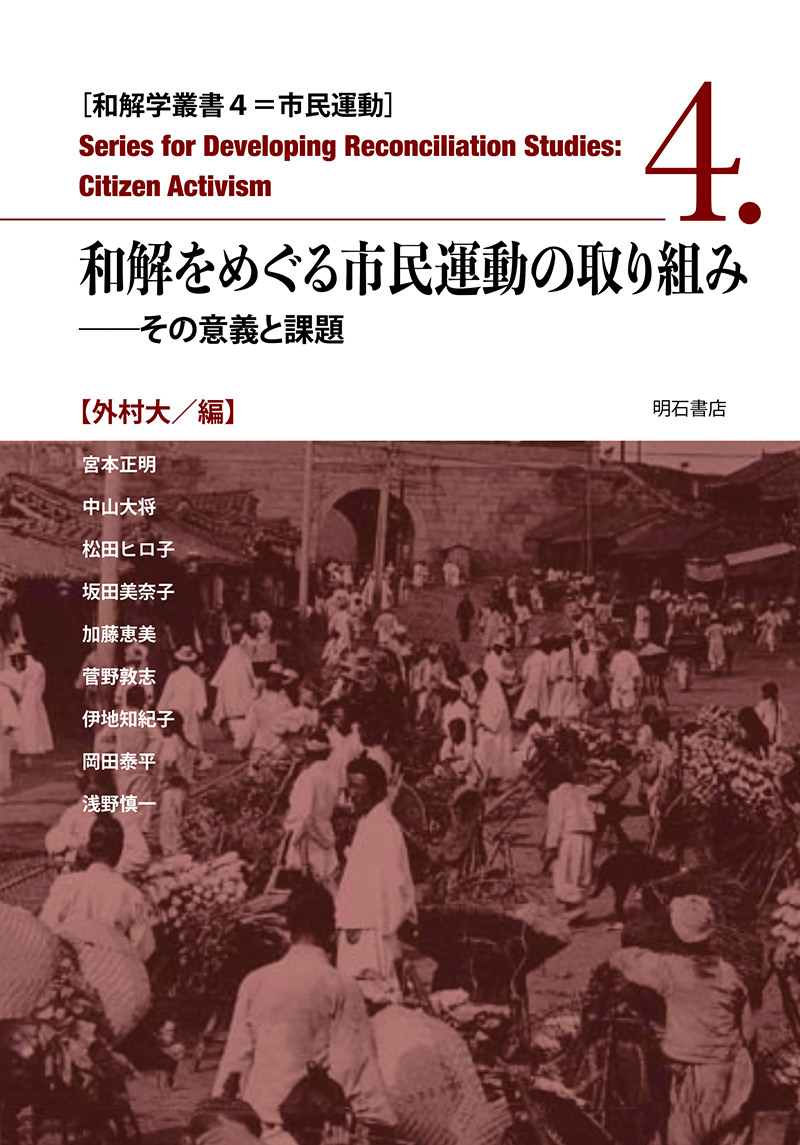
Title
Reconciliation Studies Series Wakai o meguru Shimin-Undo no torikumi (Citizens’ Movements towards Reconciliation - Their Significance and Issues)
Size
332 pages, A5 format
Language
Japanese
Released
March 25, 2022
ISBN
9784750354019
Published by
Akaishi Shoten
Book Info
See Book Availability at Library
Japanese Page
This book is one of the results of a joint project to create a new academic field of reconciliation studies. As its chapters focus on citizens’ movements, it uses various academic disciplines on reconciling historical issues. The authors are sociologists, cultural anthropologists, political scientists, and historians, and each chapter focuses on citizens’ engagement on specific issues in Japan and other Asian countries.
Regarding historical issues, contemporary Japan has an image of having difficulties with its neighboring countries. In particular, the younger generation, familiar with East Asian culture as a matter of course, may be fed up with the neighboring countries' “anti-Japan” movements and the strong backlash of the “conservatives” in Japan. On the other hand, there are young people, who research the interpretation of international law or government-level diplomacy and ask such questions as to why such problems arise and how they can help resolve them.
That being said, there are only limited opportunities in Japan now to discuss how we can manage historical issues. The mass media hardly takes up citizens’ grassroot activities regarding these historical issues, and these activities are not widely known. However, long before the 1990s, even before the historical issues received wide attention in Japan, there were citizens’ voluntary efforts to express apology to the victims of Japan’s war and colonial rule and to investigate historical facts. Among them was the case of the Koreans who remained in Sakhalin, where citizens’ movements resulted in diplomatic resolutions among Japan, South Korea and the then Soviet Union. In contrast, there were movements that do not aim to bring state-level measures. Regarding the issue of the return of Ainu remains, citizens’ initiatives emphasized community discussions, so lasting that they continued until the Ainu and the ethnic Japanese came to agreement, rather than each group fighting their way out by going to court.
In addition, in Japan, although attention is often on the relationship between Japan and its neighbors, the neighbors have their own historical issues. Be it South Korea or Taiwan, repressive measures under dictatorship akin to a civil war were carried out in the process of building a new nation after the Asia Pacific War. The survivors of these repressions and bereaved families have been making efforts to restore their honor and sought compensation. This book also includes chapters regarding the Jeju April 3 Incident and Taiwan’s February 28 Incident. These chapters reveal that citizens’ efforts created a space of reconciliation outside of state measures and domestic politics.
Of course, with limited manpower and budget, there is only so much that the citizens can do. Moreover, citizens’ movements do not always succeed. Disagreements and rifts sometimes develop, and they may arise between the victims and their supporters. Even if the citizens continue their goodwill efforts, the movements often cease without obtaining sincere apologies or adequate compensation from the government.
This book discusses the difficulties of such citizens’ movements. However, that said, the readers who pick up this book should realize their importance. Without citizens’ voluntary efforts, the perpetrators cannot confront history and the victims cannot feel a sense of forgiveness towards the perpetrators. Though it is difficult, the reconciliation of historical issues is possible, and citizens’ movements are the indispensable means to that end. This is the message that the chapters of this book convey.
(Written by TONOMURA Masaru, Professor, Graduate School of Arts and Sciences / 2023)



 Find a book
Find a book


